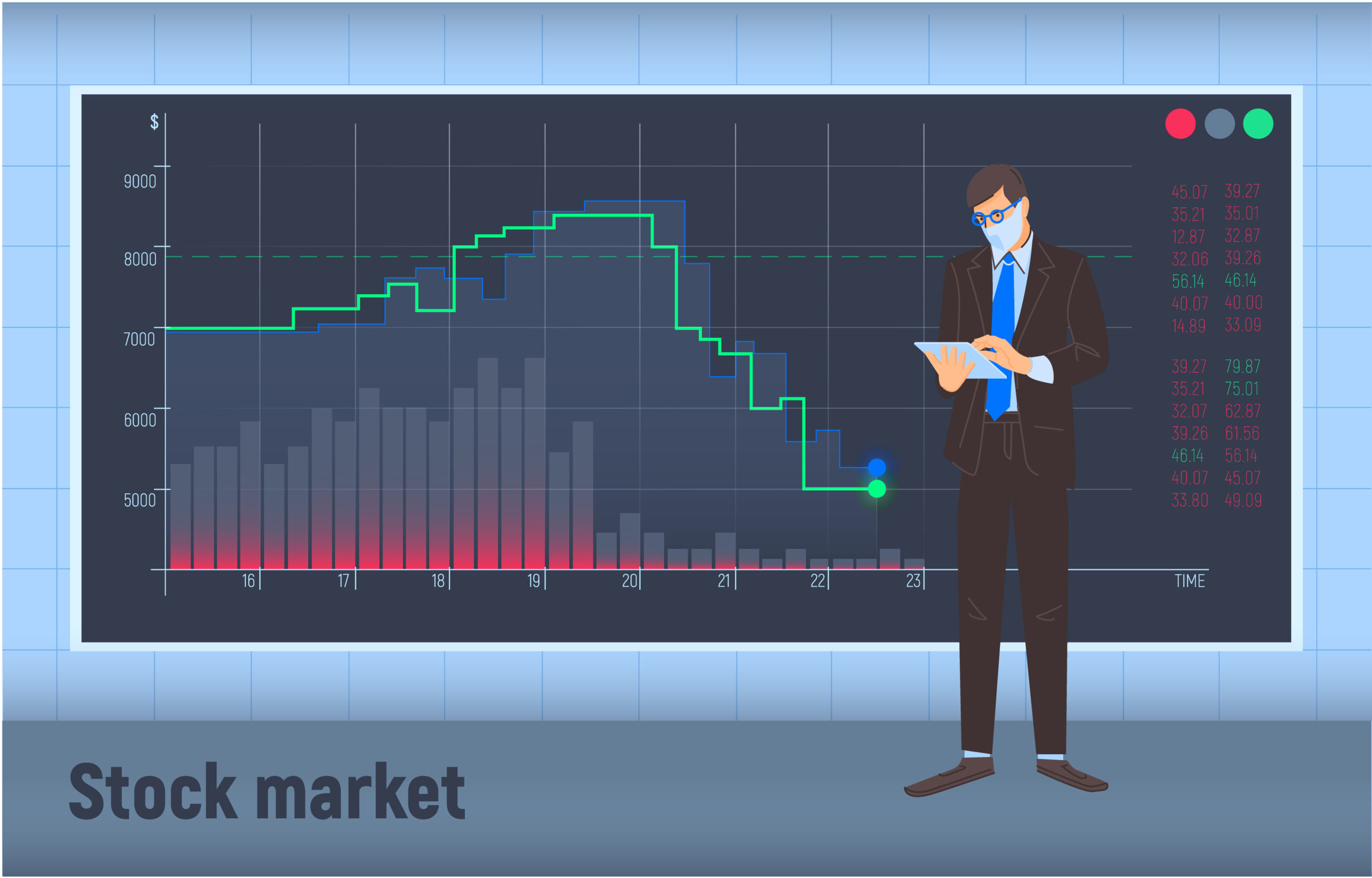Discover the top 8 email marketing metrics crucial for business growth. Learn how to track, analyze, and optimize your email campaigns effectively to drive higher engagement and conversions
Email marketing remains a cornerstone for businesses to connect with their audience effectively. However, to truly harness its power, it’s essential to go beyond simply sending out emails. Monitoring key metrics is vital to understanding the effectiveness of your email campaigns and making informed decisions to drive better results. In this comprehensive guide, we’ll delve into the eight key email marketing metrics every business should monitor closely.
1. Open Rate with Email Marketing Metrics
The open rate is a fundamental metric that indicates the percentage of recipients who open your email. A high open rate signifies compelling subject lines and relevant content. To enhance open rates, craft engaging subject lines that spark curiosity or offer value. Personalization and segmentation can also boost open rates by delivering targeted content to specific audience segments.
2. Click-Through Rate (CTR) for Email Marketing Metrics
CTR measures the percentage of recipients who clicked on a link or call-to-action (CTA) within your email. It’s a critical metric for assessing the effectiveness of your email’s content and design. To increase CTR, focus on creating clear and compelling CTAs, optimizing email design for readability and mobile responsiveness, and ensuring relevant content that aligns with recipients’ interests.
3. Conversion Rate : Email Marketing Metrics

Conversion rate tracks the percentage of recipients who completed a desired action, such as making a purchase or filling out a form, after clicking on a link in your email. It directly reflects the effectiveness of your email campaign in driving desired outcomes. To optimize conversion rates, analyze user behavior, test different elements of your emails (such as copy, design, and CTAs), and implement targeted segmentation and personalization strategies.
4. Bounce Rate
Bounce rate indicates the percentage of emails that were not delivered successfully to recipients’ inboxes. There are two types of bounces: soft bounces (temporary delivery issues) and hard bounces (permanent delivery failures). High bounce rates can harm your sender reputation and email deliverability. To reduce bounce rates, maintain a clean and regularly updated email list, use double opt-in confirmation for new subscribers, and monitor delivery errors closely.
5. List Growth Rate
List growth rate measures the rate at which your email subscriber list is expanding over time. A healthy list growth indicates effective lead generation and audience engagement strategies. To boost list growth, implement tactics such as offering incentives for email sign-ups, optimizing website opt-in forms, and leveraging social media and other channels to attract new subscribers.
6. Unsubscribe Rate
Unsubscribe rate indicates the percentage of subscribers who opt-out of receiving further emails from your brand. While some level of unsubscribes is inevitable, a sudden or significant increase in unsubscribe rates may indicate dissatisfaction with your content or frequency. To minimize unsubscribe rates, deliver valuable and relevant content, set clear expectations at the time of subscription, and provide easy opt-out options to respect recipients’ preferences.
7. Spam Complaint Rate
Spam complaint rate measures the percentage of recipients who mark your emails as spam. High spam complaint rates can damage your sender reputation and result in deliverability issues. To avoid being flagged as spam, ensure that your emails are permission-based, relevant, and provide clear unsubscribe options. Monitor feedback loops and promptly remove recipients who complain from your mailing list.
8. Return on Investment (ROI)
ROI quantifies the profitability of your email marketing efforts by comparing the revenue generated from email campaigns to the costs incurred. Calculating ROI allows you to assess the overall effectiveness and profitability of your email marketing strategy. To maximize ROI, focus on optimizing key metrics such as open rates, CTRs, and conversion rates, while also controlling costs and investing in strategies that deliver the highest returns.
You Can Also Read: 5 Smart Tips for Handling Ever-Increasing Health Insurance Costs
In conclusion, monitoring these eight key email marketing metrics is essential for businesses seeking to optimize their email campaigns and drive meaningful results. By tracking and analyzing these metrics closely, you can identify areas for improvement, refine your strategies, and ultimately, achieve greater success in engaging your audience and driving conversions. Remember, email marketing is not just about sending emails—it’s about delivering value and building meaningful connections with your subscribers.



